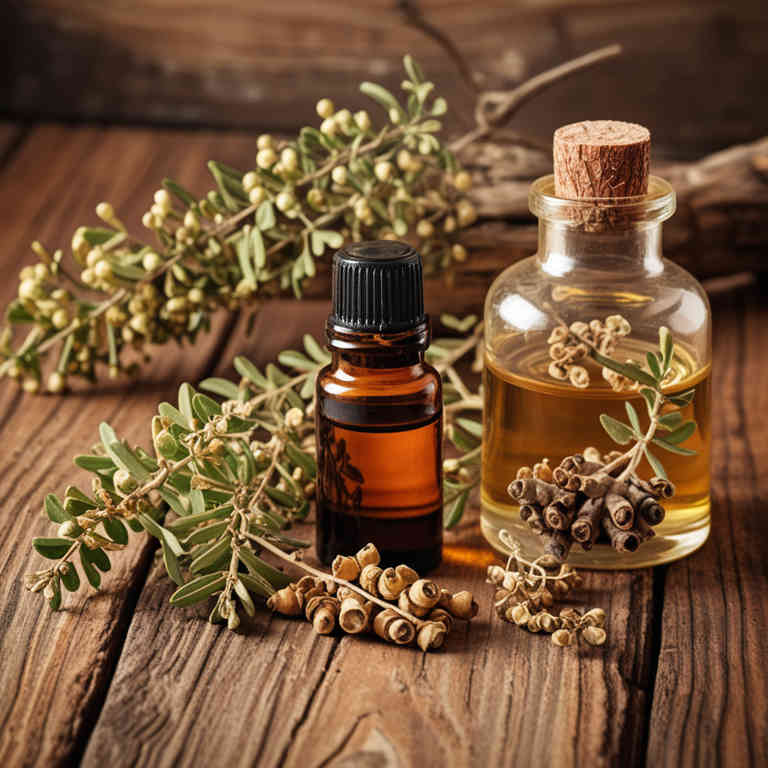Zanthoxylum bungeanum essential oil for medicinal use

Zanthoxylum bungeanum essential oil is a concentrated aromatic extract derived from the dried fruits of the prickly ash tree, native to East Asia.
This essential oil is valued in herbalism for its potent antimicrobial, analgesic, and anti-inflammatory properties. It is traditionally used to alleviate pain, reduce inflammation, and treat skin conditions such as eczema and fungal infections. The oil may also support digestive health and is sometimes used in aromatherapy to promote mental clarity and reduce stress.
Its strong, spicy aroma makes it a versatile component in both topical applications and inhalation therapies.
Uses
Zanthoxylum bungeanum essential oil has been used to treat various ailments in traditional Chinese medicine for centuries, particularly for its purported ability to relieve pain and improve circulation.
Historically, it was valued for its stimulating properties and was often used to aid digestion and reduce inflammation. In modern times, research has explored its potential antimicrobial, antioxidant, and anti-inflammatory effects, leading to its use in aromatherapy and natural remedies. It is also being studied for its possible applications in treating skin conditions and respiratory issues.
Despite its traditional roots, further scientific validation is needed to fully understand its therapeutic potential.
Benefits
Zanthoxylum bungeanum essential oil has health benefits such as anti-inflammatory, antimicrobial, and analgesic properties.
It is traditionally used in Chinese medicine to support digestive health and relieve muscle pain. The oil may also help in reducing stress and improving mood due to its calming effects. Its potent antioxidant properties contribute to skin health and protection against oxidative stress.
Additionally, it has shown potential in treating respiratory conditions and boosting the immune system.
Constituents
Zanthoxylum bungeanum essential oil active constituents include limonene, alpha-pinene, beta-pinene, and camphor, which contribute to its aromatic and therapeutic properties.
These compounds are known for their antimicrobial, anti-inflammatory, and analgesic effects, making the oil beneficial for respiratory and skin conditions. Limonene supports digestive health and may aid in reducing stress, while alpha-pinene has been associated with improved cognitive function. Beta-pinene is valued for its ability to alleviate muscle pain and promote relaxation.
Camphor provides a cooling sensation and is often used in topical applications for its soothing properties.
Preparation
To make Zanthoxylum bungeanum essential oil, start by harvesting fresh or dried leaves and branches of the plant, ensuring they are clean and free from contaminants.
Next, place the plant material in a glass container and cover it completely with a high-quality carrier oil, such as fractionated coconut oil, to create a infused oil base. Allow the mixture to sit in a cool, dark place for 4 to 6 weeks, shaking the container gently every few days to promote extraction. After the infusion period, strain the oil through a fine mesh or cheesecloth to remove plant particles.
Finally, store the essential oil in a dark glass bottle away from direct sunlight to preserve its potency and extend its shelf life.
Side Effects
Zanthoxylum bungeanum essential oil may lead to gastrointestinal discomfort, including nausea, vomiting, and diarrhea, due to its strong and irritating properties.
It can also cause skin irritation or allergic reactions when applied topically, especially if not properly diluted. Ingestion of the oil can be toxic and may result in more severe symptoms such as headaches, dizziness, and even seizures. Long-term use may lead to liver or kidney damage due to its potent chemical composition.
It is important to consult a healthcare professional before using this essential oil, especially for individuals with pre-existing health conditions or those taking medications.